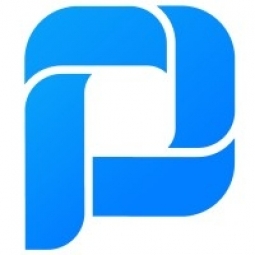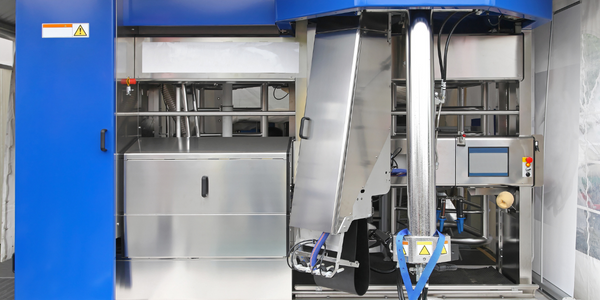Customer Company Size
Large Corporate
Region
- America
Country
- Mexico
Product
- ProcessMaker platform
Tech Stack
- Low-code BPM
- Workflow software
Implementation Scale
- Enterprise-wide Deployment
Impact Metrics
- Customer Satisfaction
- Productivity Improvements
Technology Category
- Application Infrastructure & Middleware - Data Exchange & Integration
Applicable Functions
- Business Operation
Use Cases
- Process Control & Optimization
Services
- System Integration
About The Customer
BanRegio is a publicly traded bank with a net worth of $4 billion. Since its establishment in 1994, the bank has been committed to providing a high level of knowledge and experience to its clients. BanRegio operates 133 branches in 44 cities in central and northern Mexico. It offers services mainly for small and medium-sized companies, such as business loans, leasing, factoring and working capital loans. The bank's mission is to be in tune with its customers and the market to deliver the best experience possible.
The Challenge
Before the implementation of ProcessMaker, BanRegio was operating on a blend of manual processes and minimal software applications. The lack of automation technology during the workflow process prevented BanRegio from delivering its highest customer satisfaction potential. The bank needed to migrate data from an Excel spreadsheet and individual workstations to a central location and more robust application. BanRegio’s processes and calculations needed to be organized and managed more efficiently, then incorporated into newly defined workflows. The bank needed to build out a plan for standard operating procedures for evaluating process performance and efficiency. The institution wanted to provide its customers with the ability to track the progress of its claims. Finally, BanRegio wanted to reduce its response times to customer inquiries to improve the customer experience.
The Solution
By leveraging the ProcessMaker platform, BanRegio implemented an online app that would service the customer’s investments. Administrative personnel created forms that would automatically be routed onto its appropriate path to provide quick and efficient response times. Additionally, ProcessMaker allowed retail store customers to easily file and track their claims and concerns. BanRegio integrated its Pentaho reports with ProcessMaker, allowing managers to monitor the average process and customer response times. Those managers used that information to then evaluate the effectiveness of their processes.
Operational Impact
Quantitative Benefit

Case Study missing?
Start adding your own!
Register with your work email and create a new case study profile for your business.
Related Case Studies.

Case Study
System 800xA at Indian Cement Plants
Chettinad Cement recognized that further efficiencies could be achieved in its cement manufacturing process. It looked to investing in comprehensive operational and control technologies to manage and derive productivity and energy efficiency gains from the assets on Line 2, their second plant in India.

Case Study
Airbus Soars with Wearable Technology
Building an Airbus aircraft involves complex manufacturing processes consisting of thousands of moving parts. Speed and accuracy are critical to business and competitive advantage. Improvements in both would have high impact on Airbus’ bottom line. Airbus wanted to help operators reduce the complexity of assembling cabin seats and decrease the time required to complete this task.

Case Study
Improving Production Line Efficiency with Ethernet Micro RTU Controller
Moxa was asked to provide a connectivity solution for one of the world's leading cosmetics companies. This multinational corporation, with retail presence in 130 countries, 23 global braches, and over 66,000 employees, sought to improve the efficiency of their production process by migrating from manual monitoring to an automatic productivity monitoring system. The production line was being monitored by ABB Real-TPI, a factory information system that offers data collection and analysis to improve plant efficiency. Due to software limitations, the customer needed an OPC server and a corresponding I/O solution to collect data from additional sensor devices for the Real-TPI system. The goal is to enable the factory information system to more thoroughly collect data from every corner of the production line. This will improve its ability to measure Overall Equipment Effectiveness (OEE) and translate into increased production efficiencies. System Requirements • Instant status updates while still consuming minimal bandwidth to relieve strain on limited factory networks • Interoperable with ABB Real-TPI • Small form factor appropriate for deployment where space is scarce • Remote software management and configuration to simplify operations

Case Study
Developing Smart Tools for the Airbus Factory
Manufacturing and assembly of aircraft, which involves tens of thousands of steps that must be followed by the operators, and a single mistake in the process could cost hundreds of thousands of dollars to fix, makes the room for error very small.









